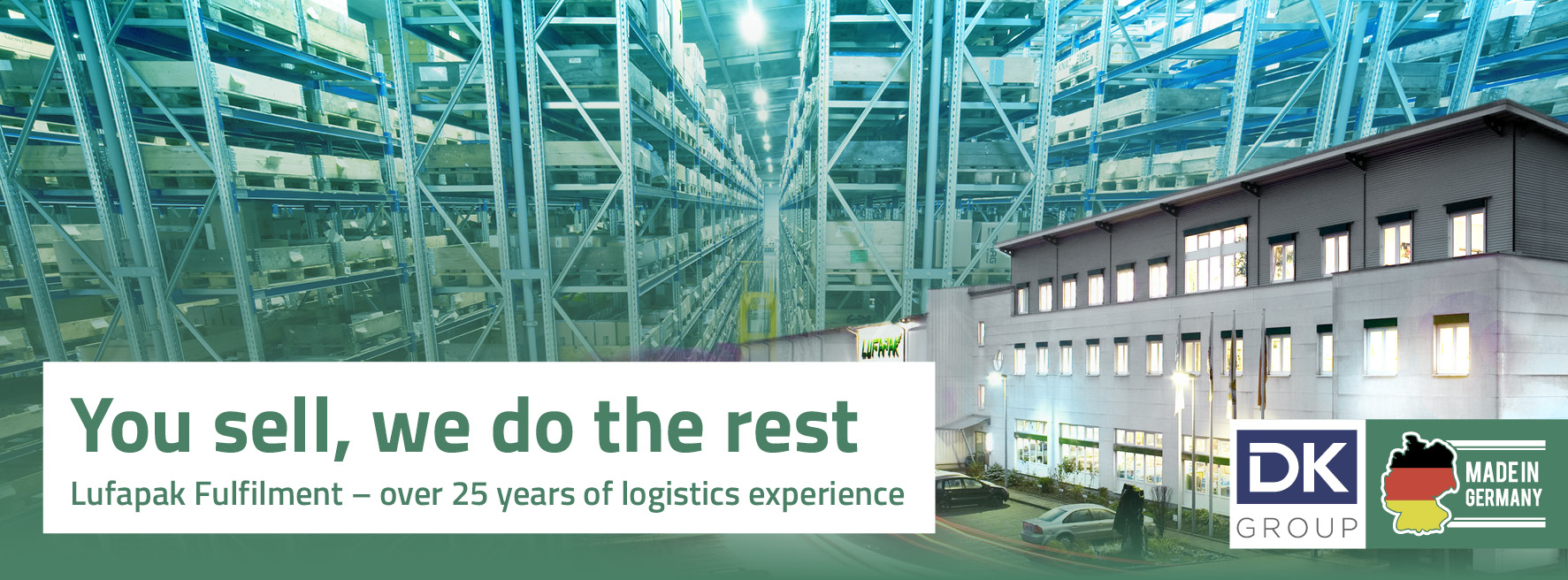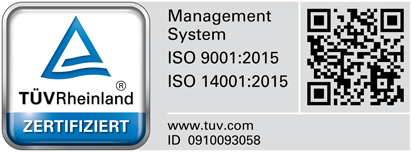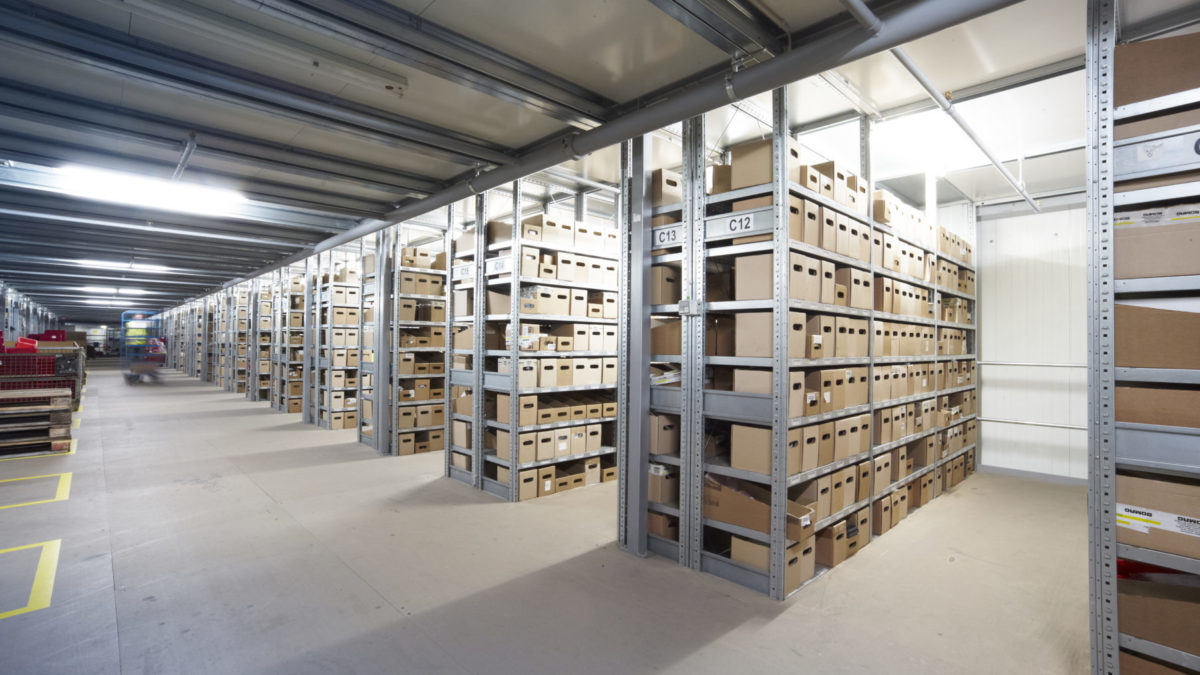sales@lufapak.de +49 2631/384-0 Contactform
Notification Meaning & Definition in Logistics
Notification is a central process in the logistics industry that involves communication and coordination between the parties involved in the delivery of goods.
Notification Definition
- The notification refers to a prior announcement of a delivery to the recipient.
- It usually includes details such as the time of delivery, the quantity and type of goods and other relevant delivery information.
Importance of notification for logistics
- Increased efficiency: Timely notification allows recipients to prepare for the arrival of goods, which optimizes unloading and storage processes.
- Time management: Effective notification helps to plan and maintain delivery and receiving time slots, which in turn contributes to a smooth supply chain.
- Communication: Notification serves as an important means of communication between the shipper, carrier and consignee.
- Problem avoidance: Advance notice allows potential delivery problems, such as incorrect delivery addresses or schedule changes, to be identified early and avoided.
- Customer satisfaction: By informing the recipient of the delivery status, customer satisfaction can be increased and trust in the logistics service provider strengthened.
In many cases, notifications are sent electronically via special systems that simplify and automate communication between the parties involved. Increasing digitalization means that the processes surrounding notification are becoming ever more efficient and transparent.
Methods and technologies of notification
In the field of logistics, notification is a crucial step in ensuring a seamless supply chain. It takes place in various ways, from traditional to state-of-the-art technologies.
Traditional methods
The traditional methods of notification include telephone calls and fax messages. Although these forms of direct communication are considered old-fashioned, they are still common in some industries. However, they require more manual effort and are more prone to errors, as information can easily be misunderstood or incorrectly transmitted.
Electronic notification
Electronic notification has become established in most modern logistics systems. E-mails, text messages or specialized online tools are used to transmit delivery information. These digital channels make it possible to send automated notifications with all relevant delivery details.

EDI (Electronic Data Interchange)
EDI is an advanced form of electronic notification. It enables the exchange of business documents in a standardized format between the IT systems of the companies involved. EDI minimizes the risk of human error, increases processing speed and improves transparency in the supply chain.
ERP systems (Enterprise Resource Planning)
Many companies now use ERP systems that offer an integrated platform for notification. Such systems not only facilitate the notification of deliveries, but also the planning, monitoring and optimization of various business processes.
Specialized software and apps
Specialized software solutions and apps are often used to optimize notification processes. These often offer functions such as real-time tracking, automatic notifications in the event of changes in delivery status and independent adjustments in the event of unforeseen events.
The continuous development of logistics IT means that notification methods are becoming increasingly effective and networked. Today, companies can choose from a wide range of technologies to find the one that best suits their individual needs and those of their customers.
Contents and elements of a notification
The contents of a notification in logistics are essential for the preparation and processing of a delivery. It serves to inform all parties involved about relevant details. A typical notification contains various elements that ensure that the delivery can be processed efficiently and with as few complications as possible:
Item numbers/SKUs
Each item is usually identified by a specific item number or Stock Keeping Unit (SKU). These numbers make it easier to check and allocate the delivered products and are essential for inventory management.
Description of the goods
The type and characteristics of the items to be delivered are listed here, such as size, weight and material. This information is particularly important for special handling requirements, e.g. for refrigerated or hazardous goods.
Quantity information
The exact number of units delivered must be stated. This enables the recipient to check that the delivery is complete and to quickly identify any differences.
Delivery date/period
Specification of the exact date and time or a period in which the delivery is to take place. The precision of this information is crucial for the planning of warehouse resources and personnel.
Packaging details
Information on the packaging of the goods can be useful for unloading and further handling. This includes details of pallets, cartons, containers, etc.
Delivery bill or consignment number
This number allows the shipment to be clearly identified and is often essential for tracking and queries.
Sender and recipient data
Complete addresses and contact details of both parties – shipper and consignee – must be included to avoid confusion and enable direct communication.
Carrier/forwarder information
Details of the logistics service provider, including contact information, can be helpful in the event of transportation issues or delays.
Instructions for the delivery
Specific instructions or requirements for the delivery process, such as the need for an unloading point or lifting equipment, should be clearly communicated.
These elements form a standardized framework for a notification, which can be adapted and expanded depending on the company and industry. The aim is always to avoid misunderstandings and promote efficient delivery processing by providing clear and complete information.
Avis vs. delivery documents: a comparison
Notifications and shipping documents are both important elements in the supply chain process, but they fulfill different functions and occur at different points in the process.
The notification is an advance notice of an upcoming delivery. It is usually sent by the shipper to the consignee before the goods leave the warehouse or shortly after transportation has been initiated. This advance notice serves to inform the recipient about important details of the delivery so that they can make the necessary preparations.
Delivery documents, on the other hand, are the documents that physically accompany the goods and reach the recipient upon delivery. Typical delivery documents are delivery bills, consignment notes, customs documents and, if applicable, quality certificates or other proofs. These documents contain detailed information about the contents of the shipment and serve as proof of receipt of the goods. They are indispensable for checking the delivery for completeness and conformity with the order as well as for the correct handling of customs formalities. In addition, they are often legally binding and can serve as the basis for transactions such as payments and warranty claims.
In summary, the main difference between notification and shipping documents lies in their timing and function: the notification is the pre-delivery notice that prepares the recipient for the arrival of the goods, while the shipping documents arrive with the goods and document and evidence the actual delivery. Both are essential for a smooth process in the supply chain and help to ensure that both the sender and recipient can effectively fulfill their respective responsibilities.
Advantages of notification for supply chains
Notification offers a number of advantages within supply chain management that contribute significantly to increasing efficiency and optimizing logistics processes. One of the main benefits of notification is improved planning and efficiency for recipients. By being informed of delivery details in advance, they can adjust their warehouse and personnel planning accordingly, resulting in more efficient use of resources.
In complex supply chains, smooth logistics play a crucial role in success. Here, notification supports transparency and coordination between all parties involved – suppliers, freight forwarders, transport companies and recipients. This creates a high degree of clarity, which makes it possible to better monitor and plan incoming goods. This is particularly important when delays occur, as it allows recipients to react more quickly and take any necessary action.
Furthermore, notification enables flexible adaptation to changes. As deliveries can often be split or bundled, advance notice allows modifications to be made without major complications. This can be essential in order to react promptly to dynamic market conditions or customer requirements.
Another key benefit is risk minimization. By communicating with all players in the supply chain at an early stage, risks such as incorrect deliveries or delivery bottlenecks can be minimized, as every step of the supply chain remains traceable and controllable. This proactive approach ensures that discrepancies are quickly identified and rectified before they lead to major problems.
An equally important aspect is that customer requirements can be met more precisely. Fast and accurate deliveries increase customer satisfaction and promote trust in the supplying company. The ability to communicate and meet precise delivery dates is a key competitive advantage in markets where punctuality and reliability are required.
Contact us now and get advice


